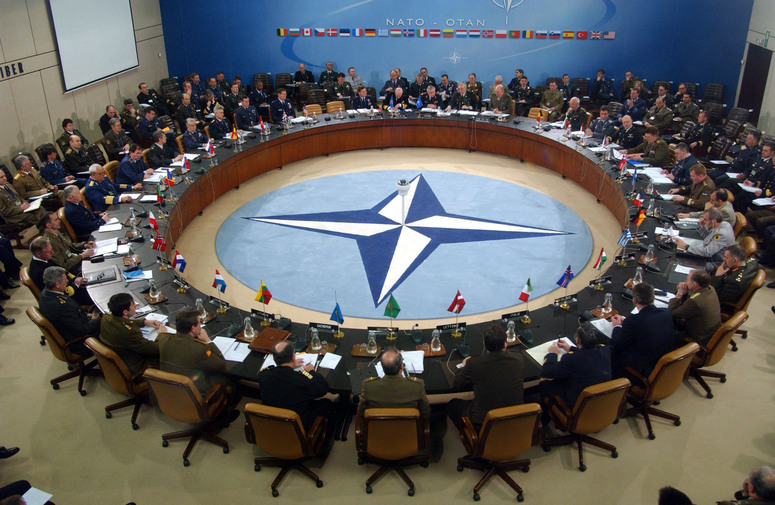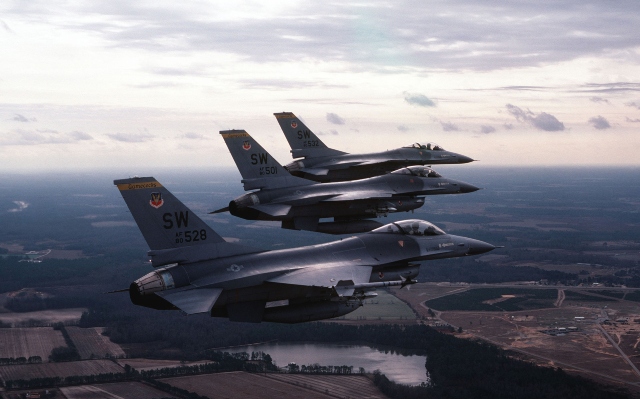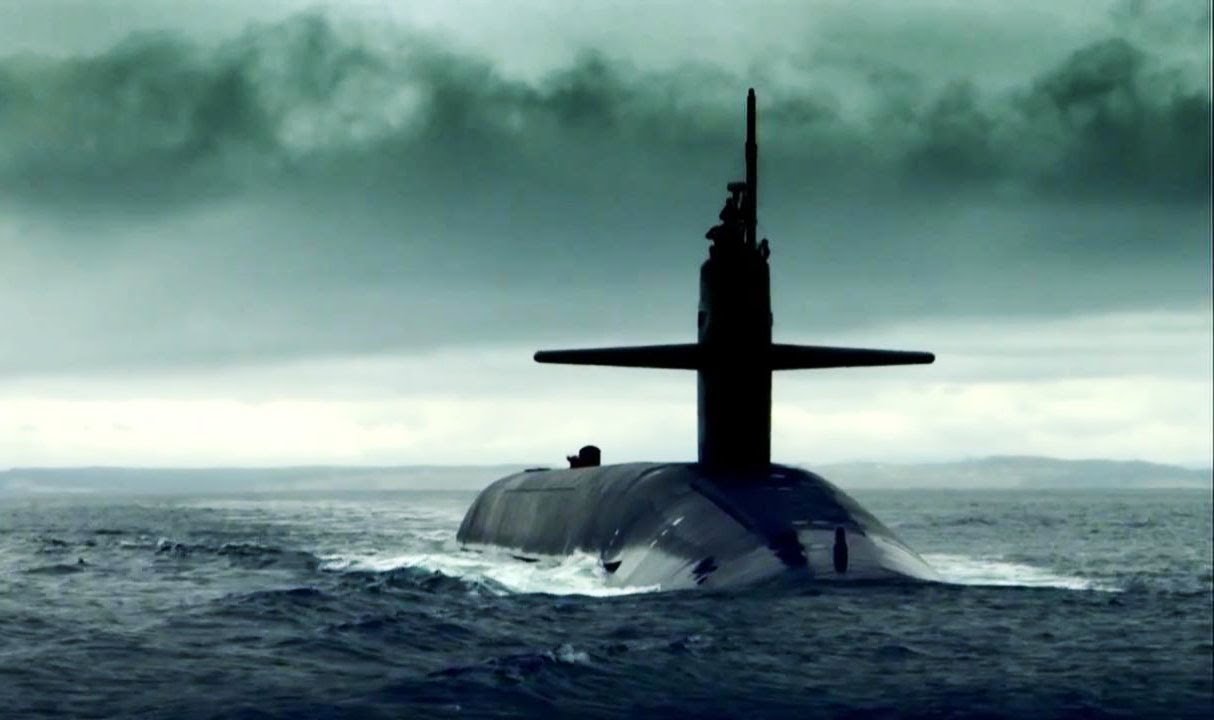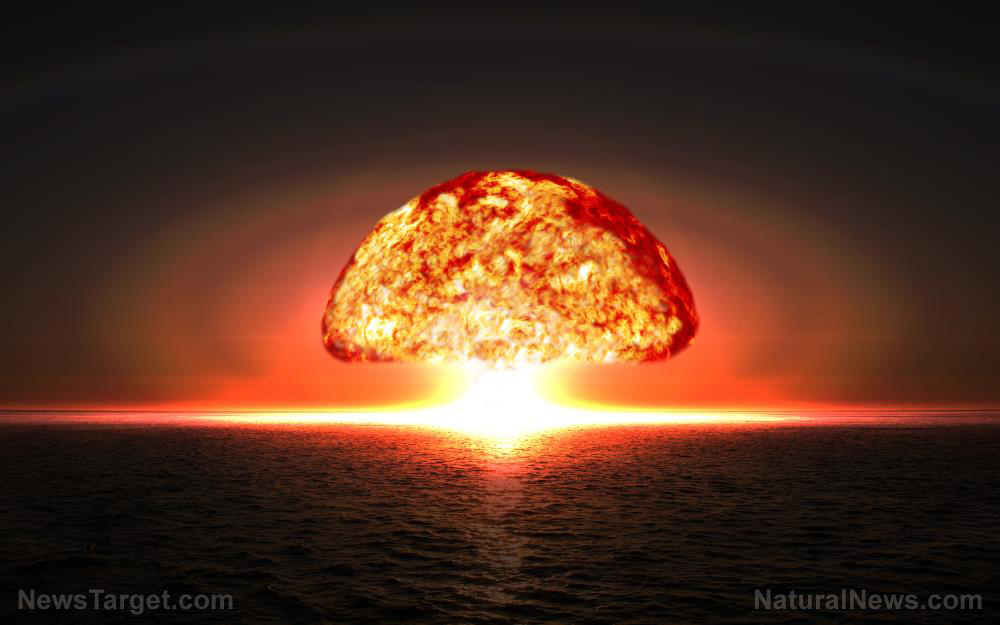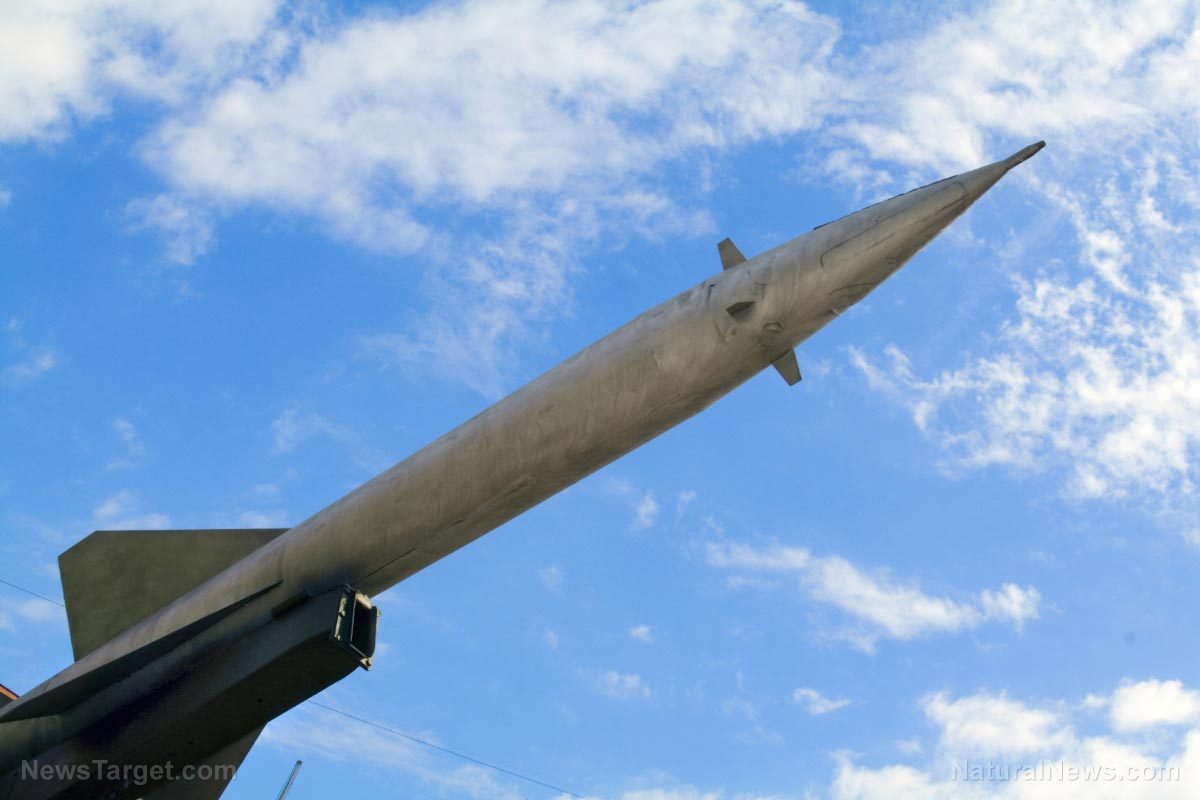U.S. bares plan to deploy previously banned missiles to Germany
07/15/2024 / By Richard Brown

The U.S. has announced its plans to deploy missiles in Germany that would have been banned under the Intermediate-Range Nuclear Forces (INF) Treaty, from which the U.S. withdrew in 2019.
The INF Treaty prohibited land-based missile systems with ranges between 310 and 3,400 miles. The upcoming deployment to Germany will include a land-based version of nuclear-capable Tomahawk missiles, which have a range of about 1,000 miles and are primarily used by U.S. Navy ships and submarines. (Related: Germany wants NATO to take down Russian missiles and drones hovering in Ukrainian airspace.)
“The U.S. will begin episodic deployments of the long-range fires capabilities of its Multi-Domain Task Force in Germany in 2026, as part of planning for the enduring stationing of these capabilities in the future,” Washington and Berlin stated in a joint release during the NATO summit in Washington.
“When fully developed, these conventional long-range fire units will include SM-6, Tomahawk and developmental hypersonic weapons, which have significantly longer range than current land-based fires in Europe.”
The U.S. is expected to deploy a Typhon launcher, a covert system hidden in a 40-foot shipping container capable of firing Tomahawks and SM-6 missiles. The SM-6 can hit targets up to 290 miles away, which falls below the range previously banned by the INF Treaty.
Washington has previously used Typhon launchers for military exercises in the Philippines and Denmark. The announcement of regular deployment to Germany follows Russian President Vladimir Putin’s statement that Moscow should develop weapons previously banned by the INF, in response to U.S. actions.
Upon withdrawing from the INF treaty, the U.S. accused Russia of violating the agreement by developing the ground-launched 9M729 cruise missile. Russian officials denied the violation, claiming the missile has a maximum range of 298 miles.
Moscow also accused the U.S. of potentially violating the INF by establishing Aegis Ashore missile defense systems in Romania and Poland, which use Mk-41 vertical launchers capable of fitting Tomahawk missiles.
The U.S. refused to negotiate with Russia on these issues and the Trump administration subsequently exited the treaty. It was evident the U.S. left the treaty to deploy intermediate-range missiles near China, prompting Russia to propose a moratorium on the deployment of INF missiles in Europe, which the U.S. never accepted.
Tomahawk provides long-range, deep strike capability
The Tomahawk is an intermediate-range, subsonic cruise missile originally launched from U.S. Navy ships and submarines, providing a long-range, deep strike capability. It can carry either conventional or nuclear payloads, although policy decisions have phased out its nuclear role.
The U.S. Navy began developing sea-launched cruise missiles in 1972. The Tomahawk was designed to fly at subsonic speeds while maintaining a low altitude, making it difficult to detect on radar. It uses tailored guidance systems to maneuver effectively at such low elevations.
In 2016, the Navy requested $434 million to modify 245 Tomahawk Land Attack Missiles (TLAMs) for anti-ship missions, enabling them to hit enemy ships up to 1,000 nautical miles away within the next decade. This plan includes modifications to missiles currently on Ticonderoga-class guided missile cruisers, Arleigh Burke-class guided-missile destroyers, the Navy’s attack submarine fleet (SSNs) and the four Ohio-class guided missile submarines (SSGNs). If funded, this program will continue the Navy’s life extension program for Tomahawk missiles.
Tomahawks can be launched from over 140 U.S. Navy ships and submarines, including four converted Ohio-class submarines, as well as Astute, Swiftsure and Trafalgar-class submarines of the Royal Navy.
Since its creation, numerous variants of the Tomahawk have been produced. The Block I versions included the Tomahawk Land Attack Missile-Nuclear (TLAM-N, TLAM-A, RGM/UGM-109A) and the Tomahawk Anti-Ship Missile (TASM, RGM/UGM-109B). Block II variants include the TLAM-C (RGM/UGM-109C), designed to attack hardened targets and the TLAM-D (RGM/UGM-109D), designed to attack ‘soft’ targets such as aircraft and troop concentrations. Block III updates included new electronics for coordinated attacks. Block IV missiles, the most modern version, can loiter in flight for hours and possess a two-way datalink for receiving updated mission information and course corrections.
Visit RussiaReport.news for similar stories.
Watch this video of an interview with international relations and Russian affairs expert Gilbert Doctorow explaining how the Kremlin will respond to any direct attack by the West.
This video is from the Neroke-5 channel on Brighteon.com.
More related stories:
Gearing up for WWIII? Putin suggests sending missiles to North Korea.
Sources include:
Submit a correction >>
Tagged Under:
big government, chaos, dangerous, defense, drones, Germany, missiles, national security, NATO, nuclear, Russia, U.S., Ukraine, weapons, weapons technology, World War III, WWIII
This article may contain statements that reflect the opinion of the author
RECENT NEWS & ARTICLES
COPYRIGHT © 2022 NuclearWar.news
All content posted on this site is protected under Free Speech. NuclearWar.news is not responsible for content written by contributing authors. The information on this site is provided for educational and entertainment purposes only. It is not intended as a substitute for professional advice of any kind. NuclearWar.news assumes no responsibility for the use or misuse of this material. All trademarks, registered trademarks and service marks mentioned on this site are the property of their respective owners.






